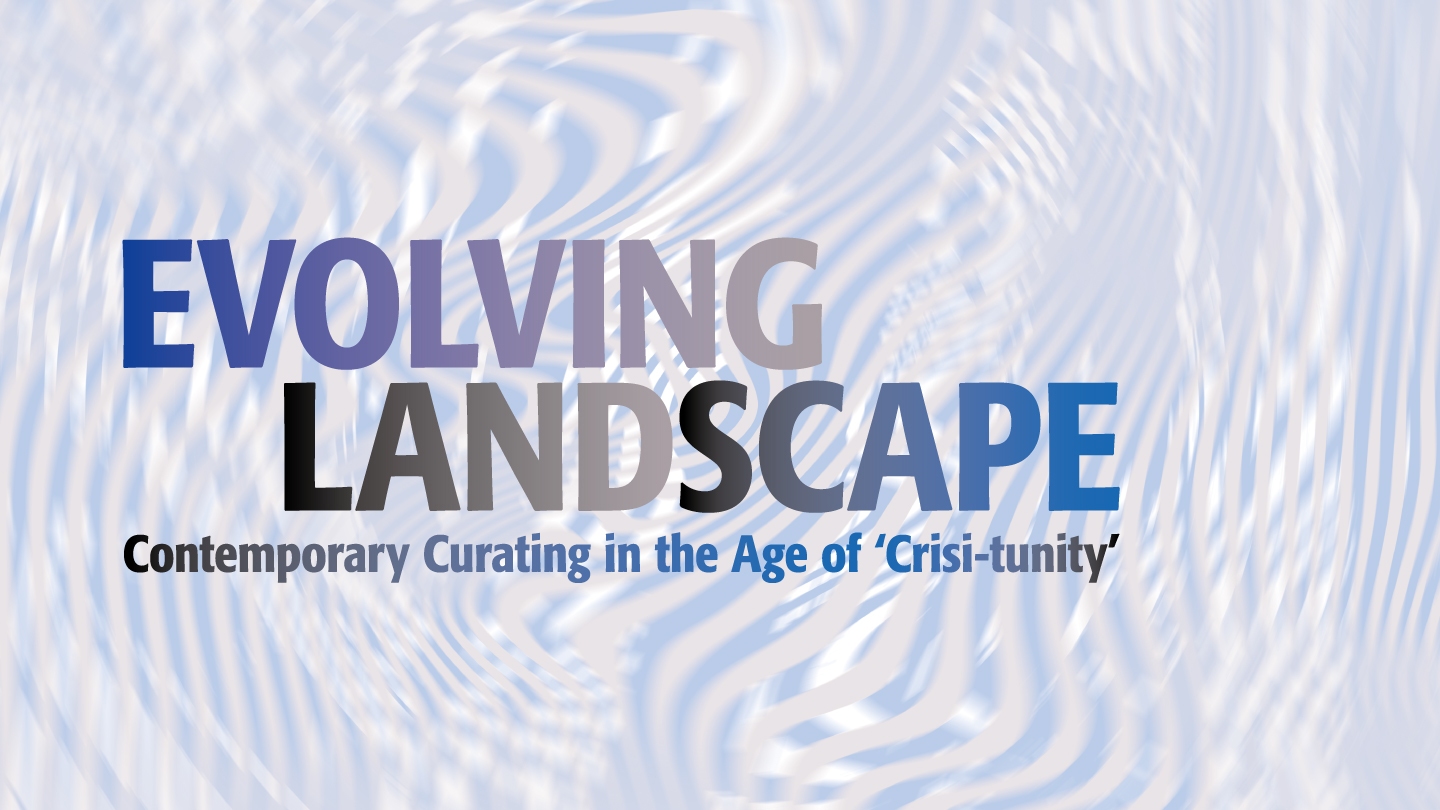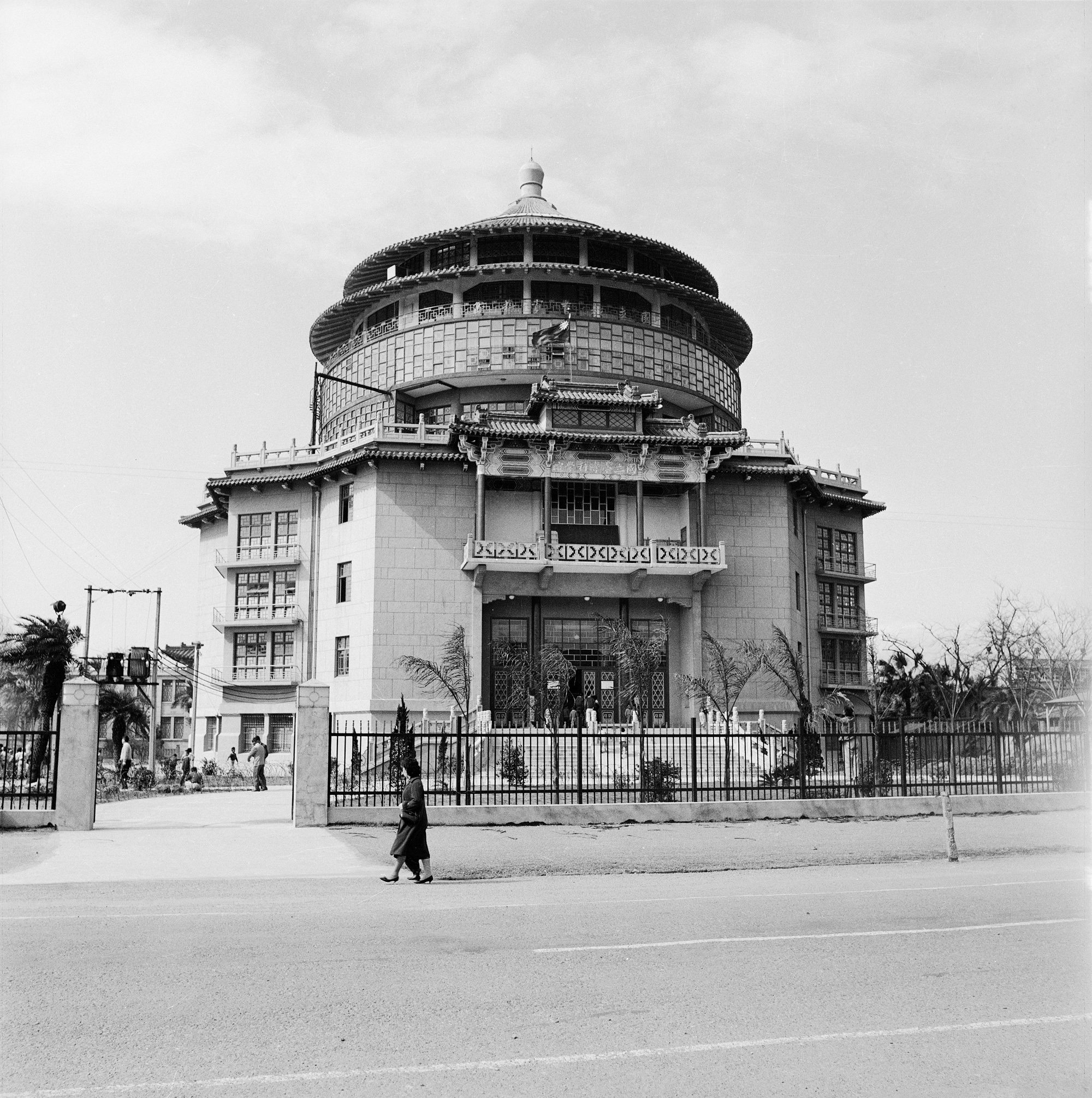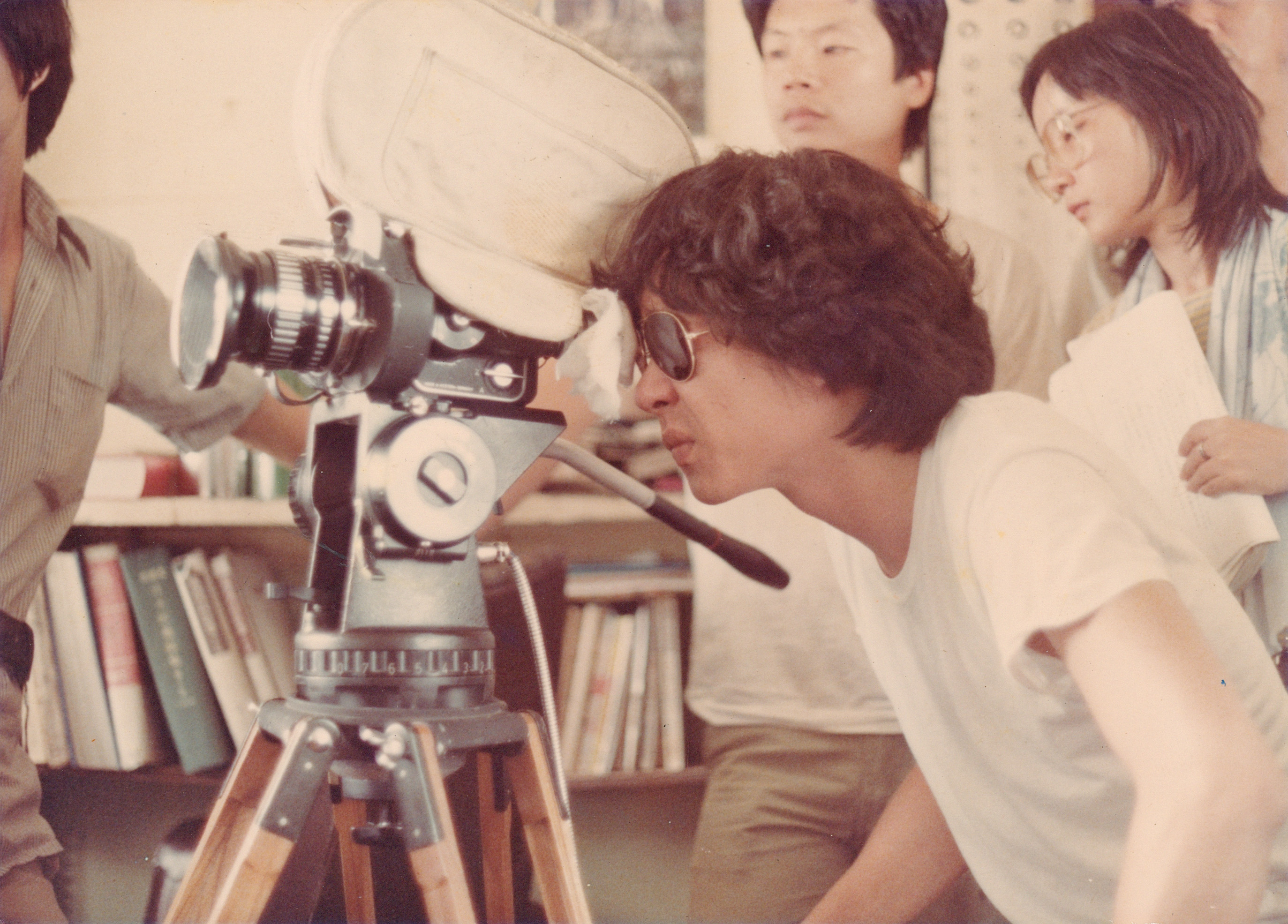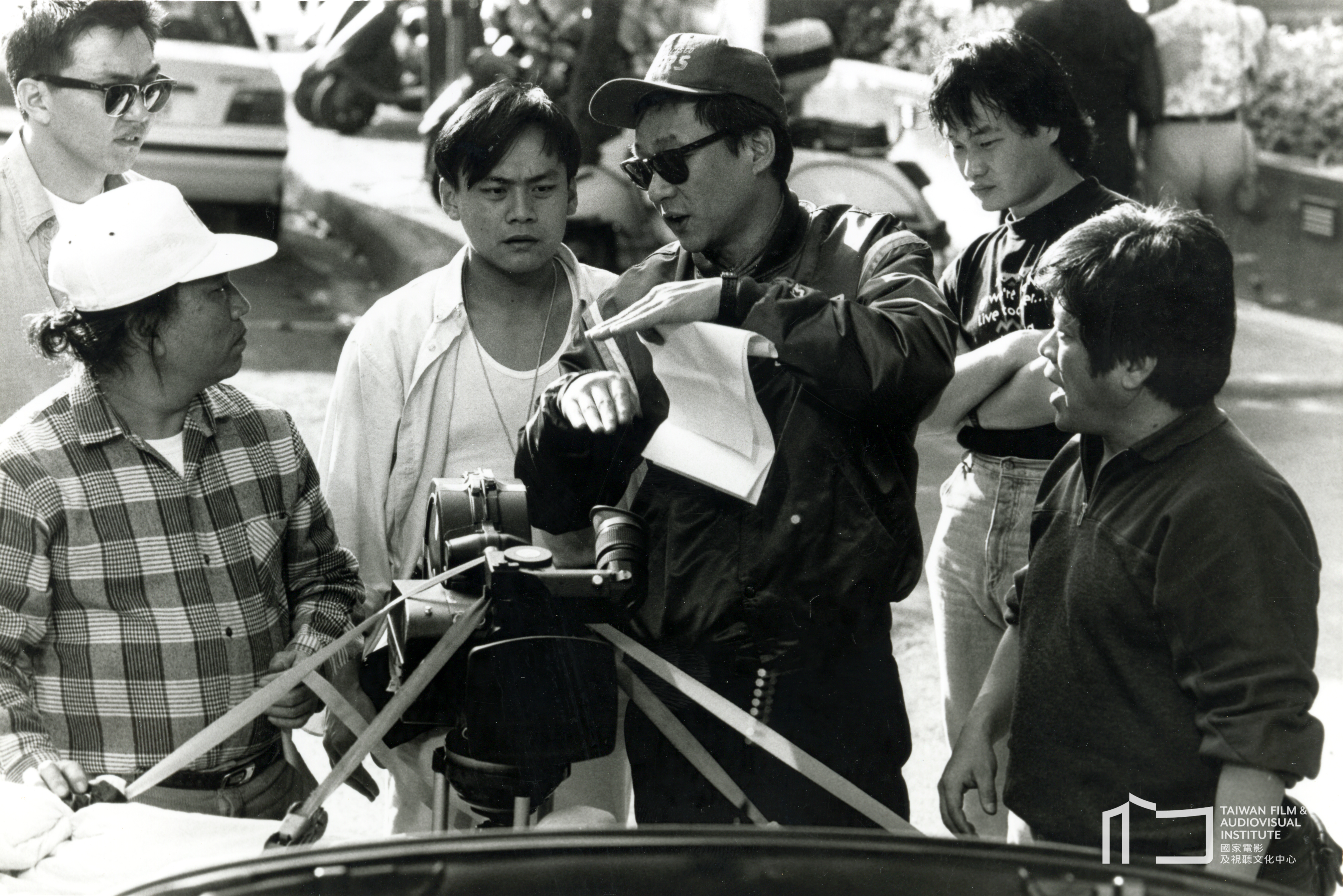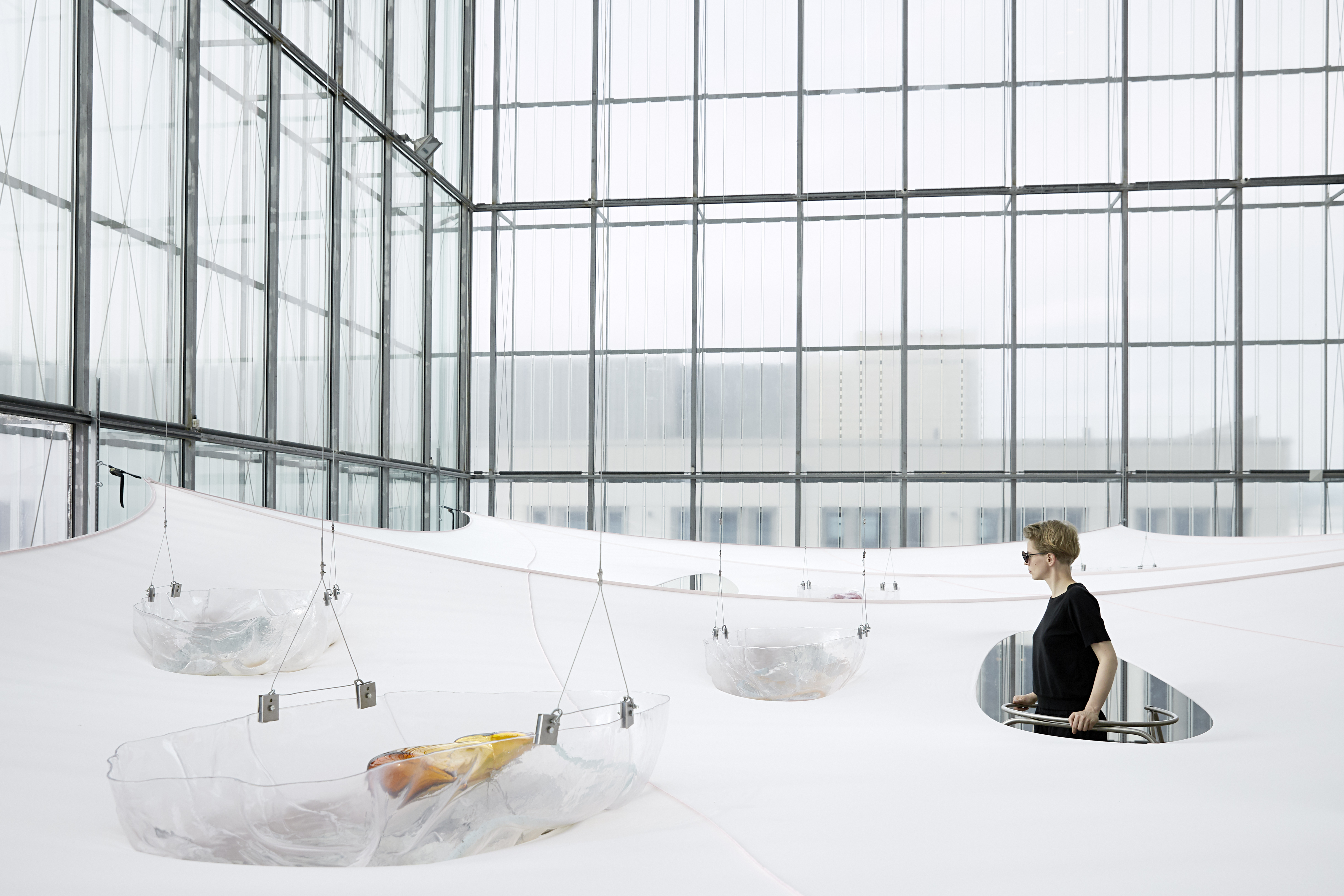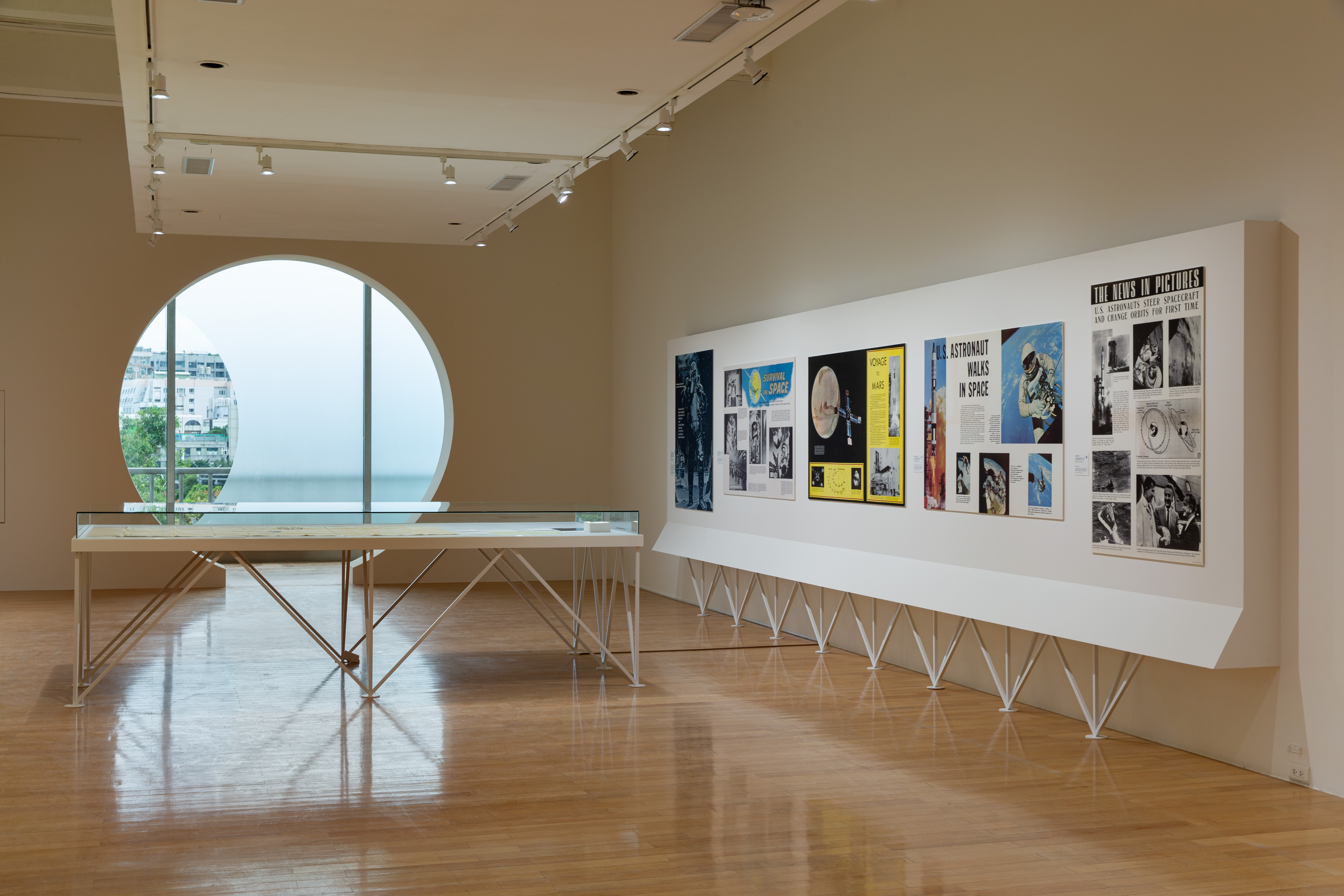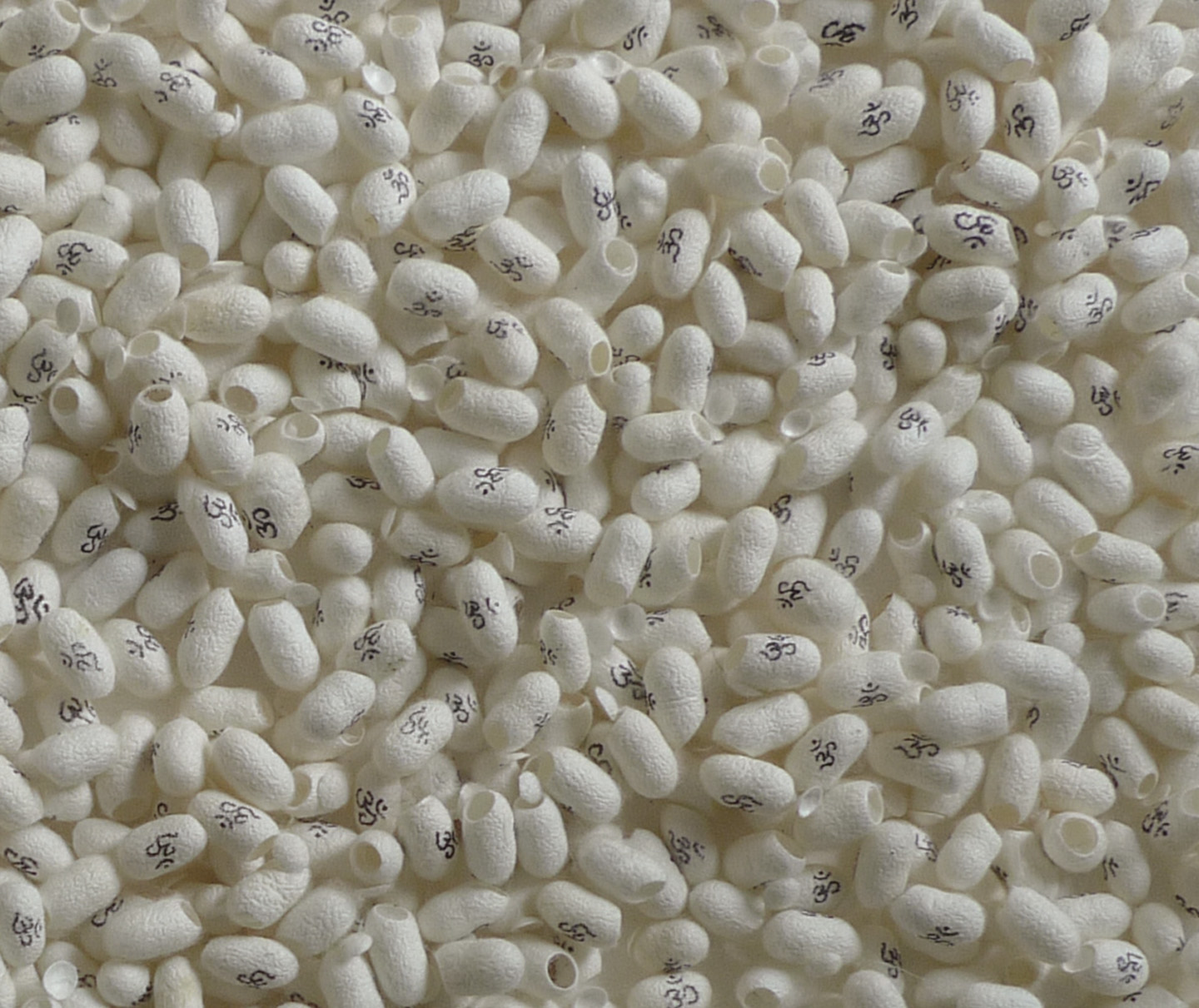View–Point: A Retrospective of Li Yuan-chia
March 8–June 8, 2014
Opening: March 8, 2pm
Taipei Fine Arts Museum
No. 181 Zhongshan N. Road Sec. 3
Taipei 10461
Taiwan
T +886 2 2595 7656
F +886 2 2585 1886
info@taipeibiennial.org
This is the first large-scale retrospective exhibition of Li Yuan-chia’s work held in Asia. In collaboration with the LYC Foundation in Britain, the exhibition presents important works spanning Li’s different creative periods in Taipei, Bologna, London and Cumbria. Totaling over 190 items, the exhibition includes Li’s early ink paintings, reliefs, installations, sound art, photography, and related documents.
Abstract art pioneer and early proponent of conceptualism in Taiwan, Li Yuan-chia was born in 1929 in Guangxi Province, China, and was raised in an orphanage in Guilin City and then a school in Nanjing. Following the end of the Chinese Civil War, Li moved to Taiwan with the Nationalist Government, eventually entering the Taiwan Provincial Normal School in 1951. In his lifetime, he developed an enthusiastic following in the art world on the European continent, but due to limits on information from abroad in the early period, knowledge of Li’s art has always been limited in Taiwan. His creative range included ink, oil and monochromatic painting, photography, and even extended to conceptual art. Li passed away in Cumbria, England, in 1994, and is one of a few artists who went on to gain international recognition after graduating from an art school in Taiwan, but still is relatively unknown there.
As a young student, Li was either at the art academy or in Li Chun-shan’s painting studio on Taipei’s Andong Street, both serving as important locations for Li’s exploration of new knowledge regarding modern art. In 1957, during the repressive martial law period, Li and his artist friends formed the Ton Fan Group, vigorously promoting painting as a bridge between traditional and new international art forms. In the same year, Li along with the Ton Fan Group was invited to present work at the Fourth São Paulo Art Biennial. In 1961 he was active in forming Milan’s Punto Group with Hsiao Chin, Antonio Calderara, Eduarda Emilia Maino and Kenjiro Azuma. The group brought together artists working in painting, sculpture and literature, and emphasized simple, mindful and solemn compositions. The Punto Group attracted the attention of artists involved in Spatialism, including its founder Lucio Fontana, and by 1962 more than one hundred artists from dozens of countries responded with exhibitions in Italy, the Netherlands and Portugal.
From 1972 to 1983 in Cumbria, North West England, Li toiled to convert a hundred-year-old farmhouse into the LYC Museum and Art Gallery. He saw himself as a philosopher, photographer and mathematician, and integrated art into his daily life, combining Taoism with the poetry of visual art in works made from simple and readily available materials. Li commonly referred to his concept of the point in his works following 1959 when he started using a small point in the universe as a metaphor for the concept of allness. On his monochromatic canvases, presence and absence echo and engender one another to announce the inception and ending of everything; Li’s point is a minute speck, yet represents all of humanity and a still unopened bud. For Li, the point is also the place where the brush starts and stops, and his locus of artistic creation. The point echoes both the birth of the universe and the place where all of humanity must ultimately return. While living in Taipei, Li studied Kandinsky’s harmonization of space and color and musical rhythm from the perspective of calligraphy. He also studied Chinese landscape painting, as well as bronze and oracle bone inscriptions, from which he derived effects created by loose composition, presentation of distance, and simplicity. While living in Bologna, Italy, philosophical concepts in his artwork became even more pronounced. He saw negative space in Chinese paintings as “nothing for the sake of something,” which echoes the Buddhist mantra “being is nothingness, and nothingness is being.” The modern design maxim “less is more” also influenced the economy of line in his works, and his work began to exude a Chan Buddhist quality. It was during this period that Li launched himself on the international stage.
Li was skilled at expressing feelings through the objects that he created, and using text and images to combine all manner of things from his surroundings. He discovered poetry in out-of-the-way places and gave play to complex emotions to create new art forms. In his later works bearing both text and images, Li presented a shift between two language systems, and created a clamor of visual vocabulary that suggests wondrous, allusive imagery.
Co-organized with the LYC Foundation
Curated by Mei-ching Fang
Co-curators
Guy Brett and Nick Sawyer, Trustees, LYC Foundation
Curatorial advisers
Gill Hedley and Kai-wei Wang
